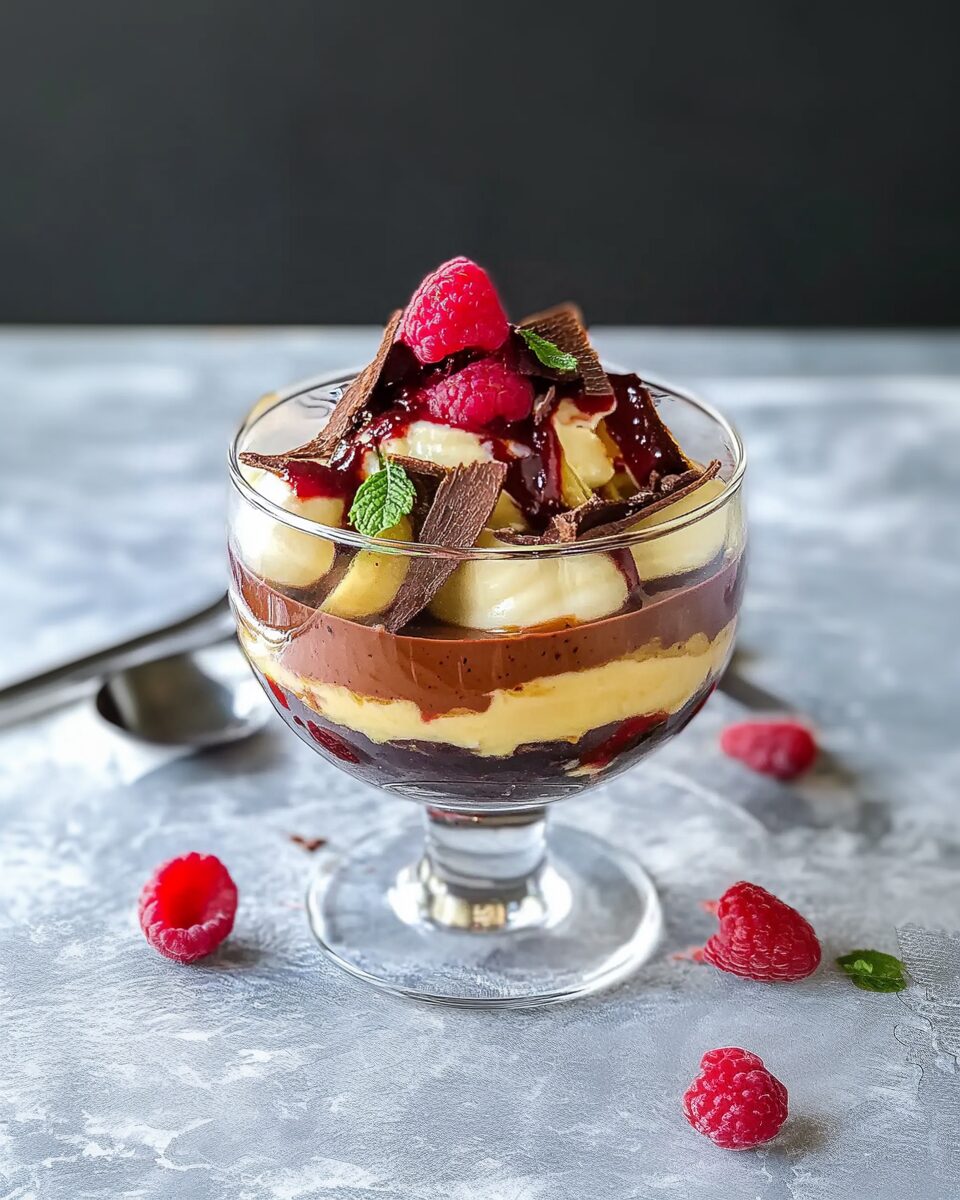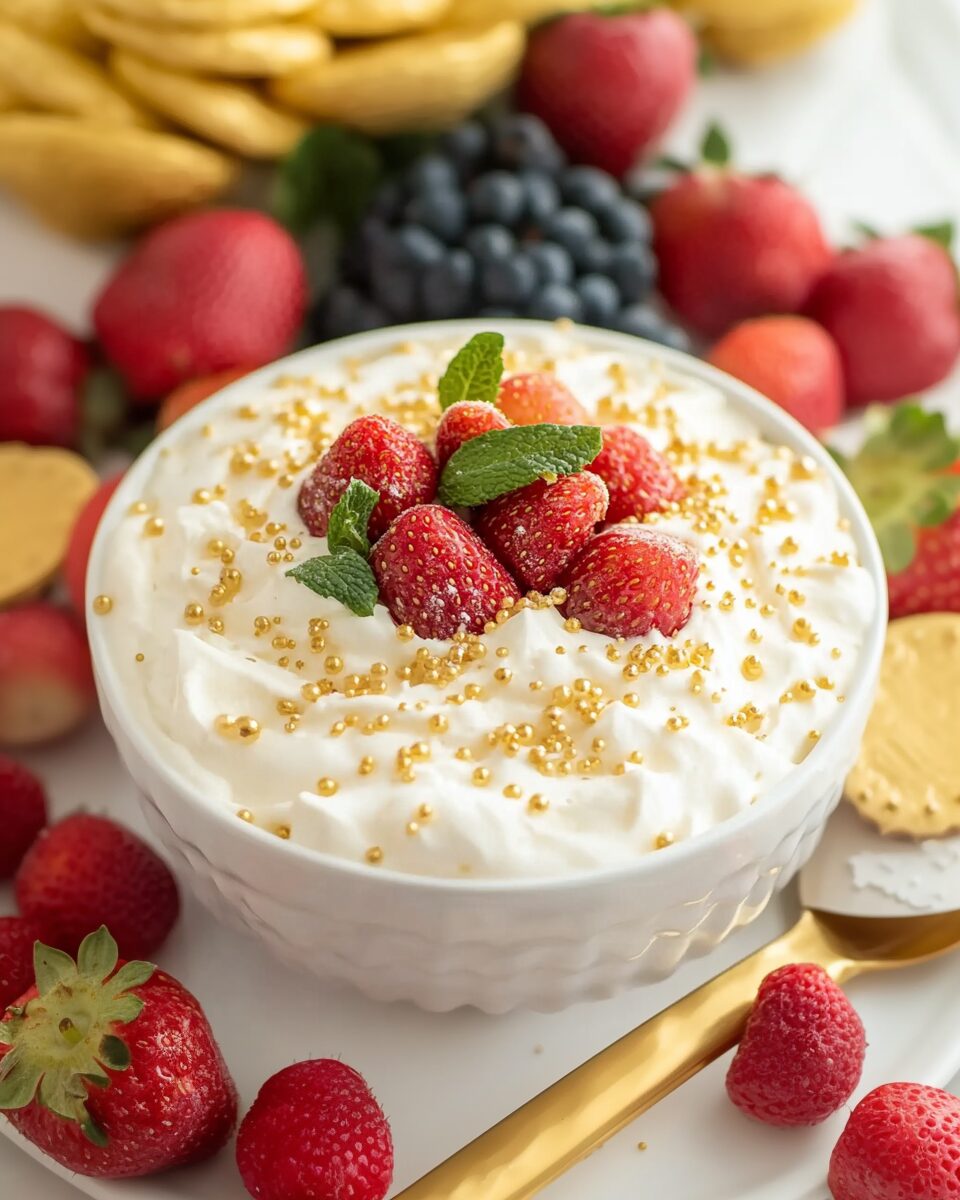Chess Pie is a timeless Southern dessert known for its simple ingredients and rich, custard-like filling. This classic pie combines pantry staples to create a sweet, buttery treat that’s perfect for any occasion. Its golden, crackly top and creamy interior make it a favorite among dessert lovers.
Full Recipe:
Ingredients
- Granulated sugar
- All-purpose flour
- Cornmeal
- Salt
- Unsalted butter, melted
- Milk
- White vinegar
- Vanilla extract
- Eggs
- Unbaked pie crust
Directions
- Preheat the oven to 425°F (220°C).
- Par-bake the pie crust and allow it to cool slightly.
- In a large bowl, whisk together sugar, flour, cornmeal, and salt.
- Add melted butter, milk, vinegar, and vanilla extract to the dry ingredients and whisk until combined.
- Incorporate the eggs into the mixture, mixing until just combined.
- Pour the filling into the prepared pie crust.
- Bake for approximately 1 hour, or until the top is dark brown and the center is set.
- Allow the pie to cool completely before serving.
- Optional: Sprinkle with powdered sugar before serving.
Nutritional Facts (per serving, based on 8 servings)
- Calories: Approximately 400 kcal
- Protein: 5 g
- Carbohydrates: 50 g
- Fat: 20 g
- Saturated Fat: 12 g
- Cholesterol: 100 mg
- Sodium: 200 mg
- Fiber: 1 g
- Sugar: 35 g
The Origins of Chess Pie: A Tale of Tradition
The history of chess pie is as rich and intriguing as the dessert itself. While the exact origins of chess pie remain unclear, there are a few theories about how it came to be. Some believe that the name “chess” comes from the word “cheese,” as early versions of the pie may have been made with cheese as one of the main ingredients. Over time, the cheese was replaced with simple pantry staples, but the name stuck. Others speculate that the name comes from the old English phrase “just pie,” which was pronounced as “chess pie” in the Southern dialect.
Despite its mysterious origins, what is certain is that chess pie has deep roots in the Southern United States, where it has become a beloved dessert, often served at family gatherings, holidays, and special occasions. The pie’s popularity grew during the 19th century, especially in the rural South, where ingredients like sugar, cornmeal, and butter were abundant and could be easily incorporated into a simple, hearty dessert.
The Allure of Simple Ingredients
One of the things that makes chess pie so endearing is its simplicity. Unlike some elaborate desserts that require a multitude of exotic ingredients, chess pie is made with basic pantry staples that are commonly found in most kitchens. This simplicity is part of its charm, as it’s an accessible dessert for home bakers of all skill levels.
The crust of a chess pie is typically a buttery, flaky pie shell that provides the perfect balance to the rich and creamy filling. While some may choose to make a homemade pie crust, others opt for a store-bought version to save time. The filling itself is made with sugar, eggs, butter, milk, and a bit of cornmeal. The cornmeal not only thickens the filling but also adds a slight grainy texture that contrasts beautifully with the smooth custard. The addition of a splash of vinegar and a dash of vanilla extract enhances the flavor profile, giving the pie a tangy undertone that balances out the sweetness.
The Texture and Flavor Profile of Chess Pie
When baked to perfection, chess pie has a golden-brown top with a rich, dense filling that is both custardy and slightly firm. The texture is similar to that of a crème brûlée or flan but with a slightly more substantial mouthfeel. The filling has a smooth, velvety consistency that melts in your mouth, while the crust provides a satisfying crunch that contrasts with the softness of the filling.
What truly makes chess pie stand out, however, is its flavor. The combination of sugar and butter creates a sweet, buttery richness that is not overpowering. The subtle tang from the vinegar adds depth and complexity to the flavor, preventing the pie from becoming overly sweet. The vanilla extract adds a fragrant, aromatic note that complements the other ingredients, while the cornmeal offers a slightly nutty flavor and texture. All these elements work together harmoniously to create a pie that is both indulgent and comforting.
Variations of Chess Pie
While the traditional chess pie recipe remains a favorite, there are many variations of this beloved dessert that allow for creativity and personalization. Here are some popular twists on the classic recipe:
-
Lemon Chess Pie: One of the most popular variations of chess pie is the lemon version, which incorporates fresh lemon juice and zest into the filling. This adds a refreshing citrusy flavor that complements the sweetness of the pie and makes it a perfect dessert for spring and summer.
-
Chocolate Chess Pie: For chocolate lovers, a chocolate chess pie is a decadent twist on the classic. Cocoa powder or melted chocolate is added to the filling, creating a rich and velvety chocolate custard that is sure to satisfy any sweet tooth.
-
Buttermilk Chess Pie: For a tangier variation, some bakers use buttermilk instead of regular milk. The tanginess of the buttermilk enhances the overall flavor of the pie and gives it a slightly different texture. This variation is often served with a dollop of whipped cream to balance the tangy filling.
-
Coconut Chess Pie: Another variation includes adding shredded coconut to the filling, giving the pie a tropical flair and a bit of texture. The coconut pairs wonderfully with the rich, buttery filling and adds a new layer of flavor.
-
Pecan Chess Pie: For those who love the flavor of nuts, a pecan chess pie is a great option. Chopped pecans are folded into the filling, adding a nutty crunch that complements the smooth custard and buttery crust.
How to Serve Chess Pie
Chess pie is a versatile dessert that can be served in a variety of ways. It’s perfect for family gatherings, holiday dinners, or any special occasion. When serving, you can simply slice it into wedges and enjoy it as is, or you can get creative with toppings. A dollop of freshly whipped cream or a scoop of vanilla ice cream can take the dessert to the next level, adding an extra layer of indulgence.
For an added touch of elegance, consider garnishing the pie with fresh fruit, such as berries, or a sprinkle of powdered sugar. Some people even drizzle a little caramel or chocolate sauce on top for extra flavor.
Chess pie is also delicious when served warm, allowing the filling to be slightly gooey, or chilled for a firmer, more custardy texture. No matter how you choose to serve it, this pie is sure to be a crowd-pleaser.
The Appeal of Chess Pie Today
Despite being an old-fashioned dessert, chess pie has seen a resurgence in popularity in recent years. Its nostalgic charm and simple, comforting flavor make it a favorite among those who appreciate classic, homemade desserts. In a world where extravagant and intricate desserts often take center stage, chess pie stands as a reminder that sometimes, the simplest recipes are the best.
This dessert is not only beloved for its flavor but also for its versatility. Whether you’re a seasoned baker or a beginner, chess pie is easy to make and doesn’t require any specialized baking equipment or techniques. It’s a perfect introduction to Southern baking for those looking to explore the rich culinary traditions of the South.
Conclusion
Chess pie is a dessert that has stood the test of time, delighting generations with its sweet, buttery, and custardy goodness. Its simple ingredients, easy preparation, and rich flavor make it a go-to dessert for both seasoned bakers and novices alike. Whether enjoyed as a classic treat or given a twist with added flavors, chess pie continues to be a symbol of Southern comfort food and a favorite at any gathering.








